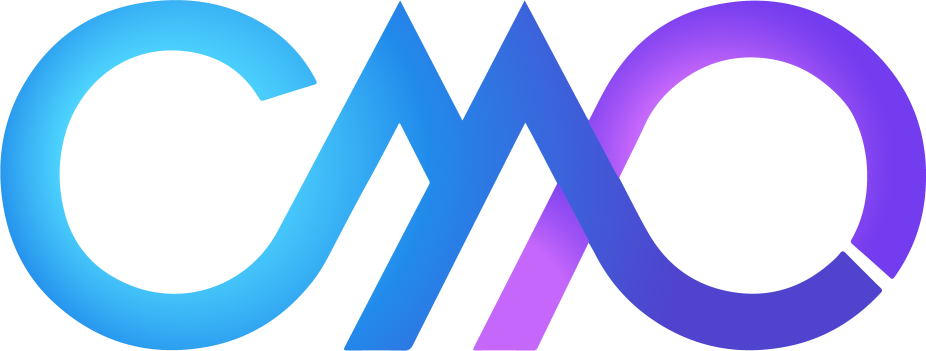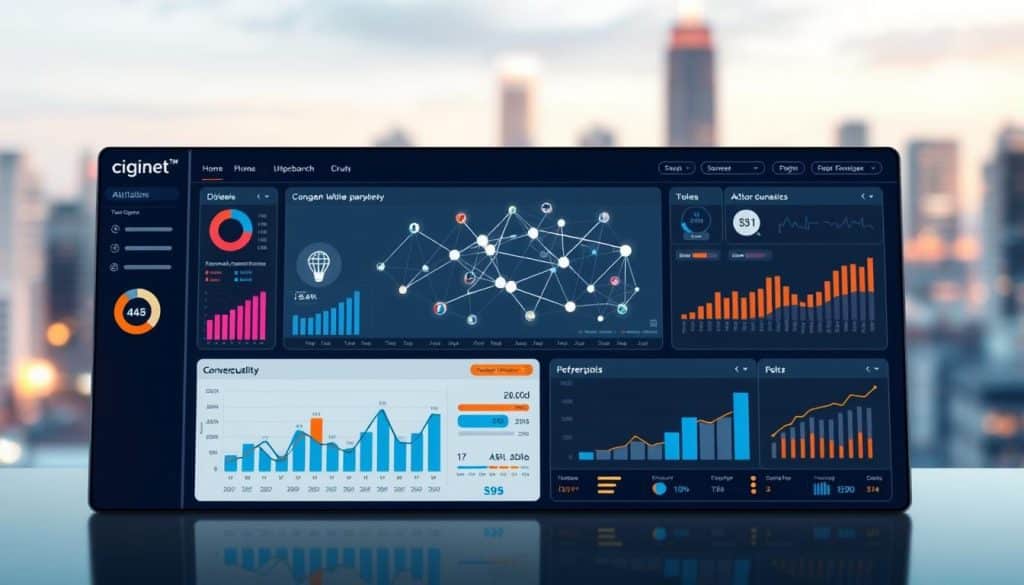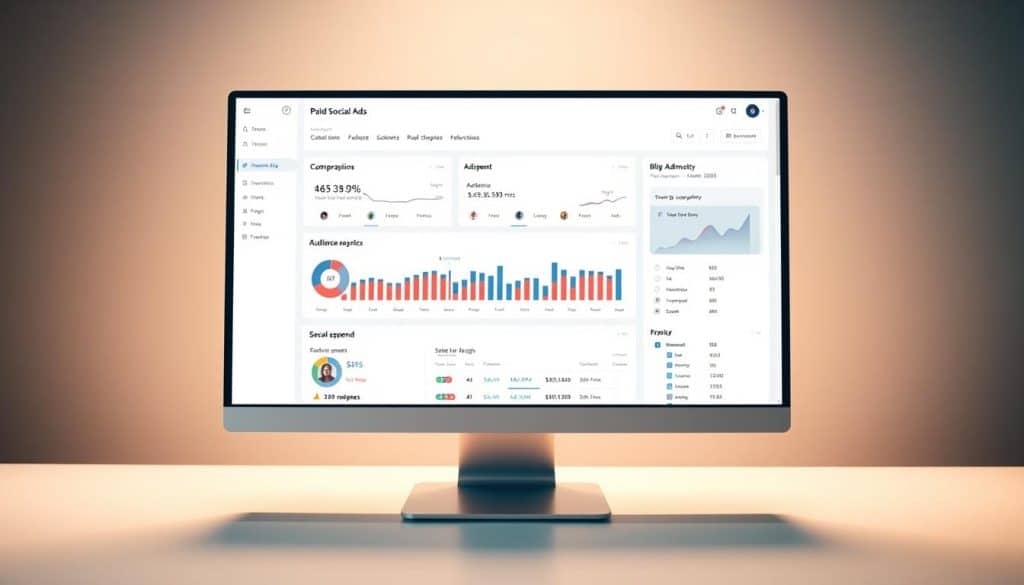Ever stared at a blank screen, wondering what to write for your blog? You’re not alone. Many marketers and business owners face this problem because they don’t plan ahead well.
The cycle is all too familiar: missed deadlines, inconsistent publishing, and feeling overwhelmed. You’re also juggling client work, team management, and other priorities. It’s hard to find time for planning next month’s social media posts.
We know this struggle well. We’ve helped many businesses improve their content calendar systems. A good calendar turns chaos into clarity. It’s key to successful marketing that delivers steady results.
Creating a good content calendar isn’t hard. You don’t need to be super organized or give up your free time. The right system saves time, reduces stress, and boosts your content quality.
In this guide, we’ll show you a simple, sanity-saving approach to planning. It will change how you manage your publishing schedule, without the usual stress.
Key Takeaways
- A well-structured content calendar is essential for consistent, strategic marketing
- Last-minute content creation leads to lower quality and increased stress
- Effective planning doesn’t require complex systems or excessive time investment
- The right calendar framework can actually save time while improving content quality
- Strategic planning helps balance content creation with other business priorities
The Strategic Role of Content Marketing Calendars
In digital marketing, content calendars are key tools for growth. They turn random content into a plan for success. By using a content calendar, businesses can move from chaos to a focused marketing plan.
Content calendars are more than just planners. They bring your marketing strategy to life. By planning your content, you align your daily tasks with your big goals. This way, every piece of content has a purpose in your digital marketing plan.
Social Media Marketing
Engage, Grow, and Convert!
Leverage social media to expand your reach and build brand loyalty. Get started now!
What Is a Content Calendar and Why You Need One
A content calendar is a tool for organizing your content. It schedules everything from blog posts to social media updates. It’s like a command center for your inbound marketing efforts.
Without a content calendar, marketing can be reactive. This leads to inconsistent messages and missed chances. A good calendar turns your content into a cohesive plan that grows your business.
For businesses wanting to lead in their field, a content calendar is key. It ensures you meet your audience’s needs and keep your brand voice consistent.
Key Benefits for Your Digital Marketing Strategy
Content calendars offer many benefits beyond just planning. They help your marketing team work better and adapt to changes. They give structure while keeping things flexible.
They help you mix different content types and cover all your products or services. This mix is important for digital marketing that guides customers through their buying journey.
Improved Consistency and Brand Awareness
Regular content publishing boosts brand awareness. It creates reliable touchpoints with your audience. This makes your brand more trustworthy and known.
Enhanced Team Collaboration and Efficiency
Content calendars clear up who does what and when. This reduces confusion and stress. Teams work better together, focusing on their tasks without last-minute scrambles.
Building Your Monthly Content Calendar: A Step-by-Step Process
Creating a content calendar can be easy if you follow a clear process. Break down the task into smaller steps to make it manageable. This way, what seems hard becomes a system that helps your content strategy.
Let’s go through the key steps to build a calendar that works for your team. This will help you avoid stress.
Step 1: Audit Your Existing Content and Set Clear Goals
First, review what content you already have. A detailed audit shows what works and what doesn’t. This step is crucial for planning your future content.
Start by listing all your current content. Look at engagement rates, conversion data, and audience feedback. This helps you see what your audience likes and what they don’t.
Then, set SMART goals that link your content to business goals. Goals like increasing website traffic or getting 50 new leads monthly make your calendar a strategic tool.
Identifying Content Gaps and Opportunities
Find topics your audience wants but you haven’t covered. Use tools like Google Search Console or keyword research platforms. Look for seasonal trends and questions your audience has.
Aligning with Business Objectives
Every piece of content should help your business. Match each topic to specific business goals. This ensures your content supports your company’s growth.

Step 2: Identify Your Content Pillars and Themes
Content pillars are the base of a strong strategy. They are the main topics that match your expertise and audience interests. Having 3-5 pillars brings consistency to your content.
For example, a financial advisory firm might focus on retirement planning, investment strategies, tax optimization, and financial education. Each pillar has subtopics for your calendar all year.
“The most effective content strategies aren’t built on random acts of marketing, but on carefully constructed pillars that support your brand story over time.”
After setting your pillars, create monthly or quarterly themes. These themes add relevance to your topics. They might match industry events or seasonal concerns.
Step 3: Choose the Right Tools and Templates
The right tools make planning easier. Choose a platform that fits your team size and workflow. It should centralize information and make collaboration simple.
Many teams start with spreadsheets and move to specialized software as they grow. Make sure your chosen tool is easy for everyone to use.
Free vs. Paid Content Calendar Solutions
Free options like Google Sheets or Trello are good for beginners. They’re easy to set up and can track basic workflows. They’re perfect for teams with simple needs and small budgets.
Paid tools like AiArkitechs, Asana, or any others offer more features. They include automated workflows and content tracking. While they cost money, they save time and improve content ROI for complex schedules.
Essential Features to Look For
When choosing a content calendar tool, look for these features:
- Visual calendar interface that shows your schedule clearly
- Collaboration tools for team comments, tasks, and tracking
- Integration with publishing platforms
- Content status tracking
- Tools to measure content performance
The best tool is one your team will use. Choose something that’s both functional and easy to use for everyone.
Maintaining and Optimizing Your Content Marketing Calendar
Once you have a content calendar, it’s time to keep it up and make it better. A good content calendar changes with your business and what your audience likes. It’s important to find a balance between big goals and what’s doable, so your team can keep up quality without getting too tired.
Establishing Realistic Publishing Cadences
Being consistent is more important than making a lot of content. Many teams try to do too much and end up burning out. Start with what your team can handle, and then you can do more as things get easier. For most businesses, this means:
- Blog posts: 1-2 times weekly
- Social media: 3-5 times weekly per platform
- Email newsletters: Weekly or bi-weekly
- Premium content (guides, ebooks): Monthly or quarterly
Remember, different types of content take different amounts of time. For example, making a detailed infographic might take longer than writing a blog post. Make sure to plan for this in your calendar to avoid running out of resources.
Implementing Team Collaboration Workflows

Good team collaboration needs clear roles and easy steps. Create a workflow that covers planning, making, checking, and publishing content. Everyone should know their job and when it’s due.
Most successful content teams do:
- Weekly content planning sessions
- Shared access to the content calendar
- Clear approval pathways with designated reviewers
- Regular status update meetings
Use your calendar tool’s features to make talking easier. Things like comments, tasks, and alerts help keep everyone on track without too many emails.
Measuring Performance and Adjusting Your Plan
Your content calendar should change based on how well it’s doing. Look at SEOand audience engagementto see what works best.
Have a monthly review to check:
- Top-performing content topics and formats
- Engagement patterns across different channels
- Conversion rates from specific content pieces
- Seasonal trends affecting performance
Use these insights to improve your content. Focus more on what works and less on what doesn’t. A retail client of ours found that how-to guides were much better than product-focused content. They changed their strategy to more educational content and saw a 40% increase in engagement.
Remember, things like algorithm changes and new trends might mean you need to change your plan quickly. Keep some room for flexibility to take advantage of new chances without messing up your main plan.
Transform Your Content Strategy Starting Today
A well-structured content calendar does more than organize your publishing schedule—it changes your marketing game. By following our framework, you’ll set up a system that keeps lead generation steady and stress-free.
Setting it up takes some time, but the benefits are huge. Teams with content calendars work better together, create higher quality content, and see more consistent lead generation. Your audience gets the right content at the right time, building trust that leads to sales.
Start with something simple if you need to. Even a basic spreadsheet with your main topics and dates can get you ahead of those who post without a plan. As you get more comfortable, add more details like where you’ll share your content, how you’ll track its performance, and who’s responsible for what.
Ready to change your content marketing game? Start making your calendar today with our easy steps. Share your successes or challenges with us. We’re here to help you build a system that brings in leads and keeps you calm.
FAQ
How often should I update my content calendar?
Update your content calendar at least once a month. Do weekly checks to stay on track. This lets you adjust to new trends and business changes.
FAQ
How often should I update my content calendar?
Update your content calendar at least once a month. Do weekly checks to stay on track. This lets you adjust to new trends and business changes.
What's the ideal publishing frequency for my blog and social media channels?
FAQ
How often should I update my content calendar?
Update your content calendar at least once a month. Do weekly checks to stay on track. This lets you adjust to new trends and business changes.
FAQ
How often should I update my content calendar?
Update your content calendar at least once a month. Do weekly checks to stay on track. This lets you adjust to new trends and business changes.
What should I do if I fall behind on my content calendar?
FAQ
How often should I update my content calendar?
Update your content calendar at least once a month. Do weekly checks to stay on track. This lets you adjust to new trends and business changes.
FAQ
How often should I update my content calendar?
Update your content calendar at least once a month. Do weekly checks to stay on track. This lets you adjust to new trends and business changes.
How do I balance planned content with timely, reactive content opportunities?
FAQ
How often should I update my content calendar?
Update your content calendar at least once a month. Do weekly checks to stay on track. This lets you adjust to new trends and business changes.
FAQ
How often should I update my content calendar?
Update your content calendar at least once a month. Do weekly checks to stay on track. This lets you adjust to new trends and business changes.
What metrics should I track to measure my content calendar's effectiveness?
FAQ
How often should I update my content calendar?
Update your content calendar at least once a month. Do weekly checks to stay on track. This lets you adjust to new trends and business changes.
FAQ
How often should I update my content calendar?
Update your content calendar at least once a month. Do weekly checks to stay on track. This lets you adjust to new trends and business changes.
How can I get my team to actually use the content calendar consistently?
FAQ
How often should I update my content calendar?
Update your content calendar at least once a month. Do weekly checks to stay on track. This lets you adjust to new trends and business changes.
FAQ
How often should I update my content calendar?
Update your content calendar at least once a month. Do weekly checks to stay on track. This lets you adjust to new trends and business changes.
Can I use the same content calendar for all my marketing channels?
FAQ
How often should I update my content calendar?
Update your content calendar at least once a month. Do weekly checks to stay on track. This lets you adjust to new trends and business changes.
FAQ
How often should I update my content calendar?
Update your content calendar at least once a month. Do weekly checks to stay on track. This lets you adjust to new trends and business changes.
What's the best way to handle seasonal content planning?
FAQ
How often should I update my content calendar?
Update your content calendar at least once a month. Do weekly checks to stay on track. This lets you adjust to new trends and business changes.
FAQ
How often should I update my content calendar?
Update your content calendar at least once a month. Do weekly checks to stay on track. This lets you adjust to new trends and business changes.






